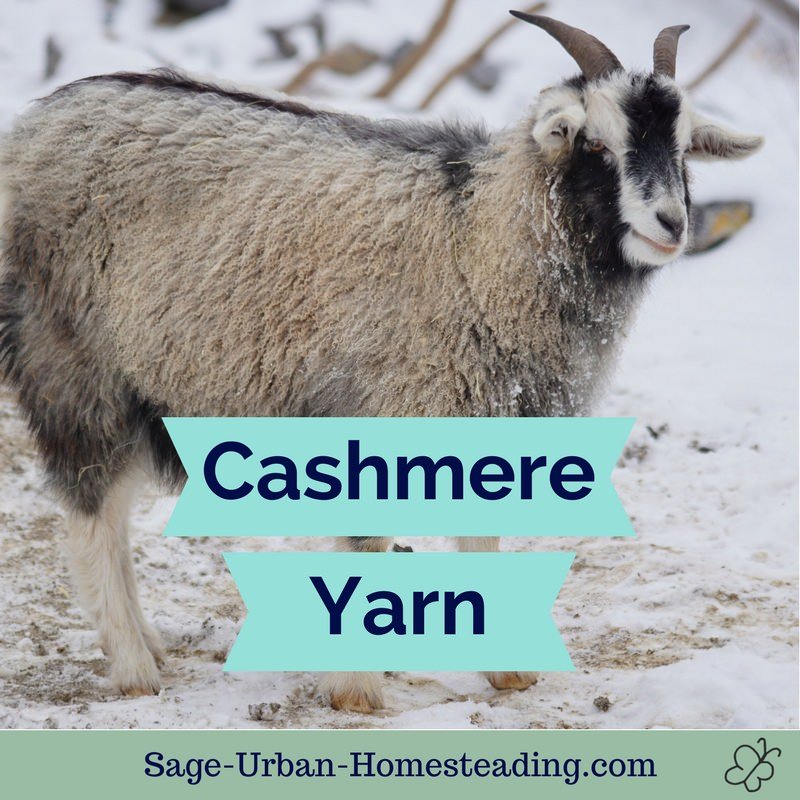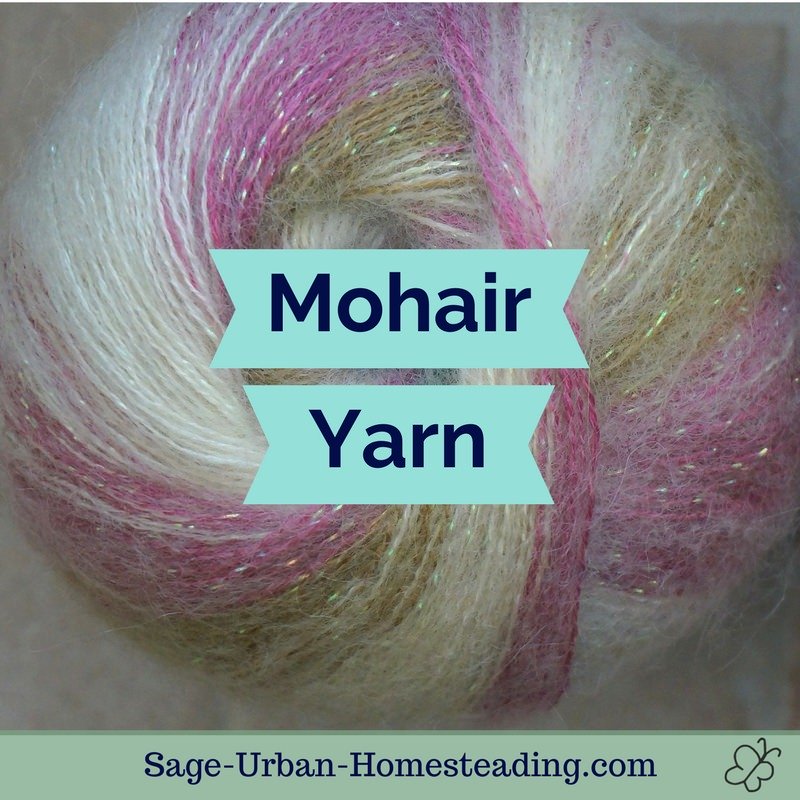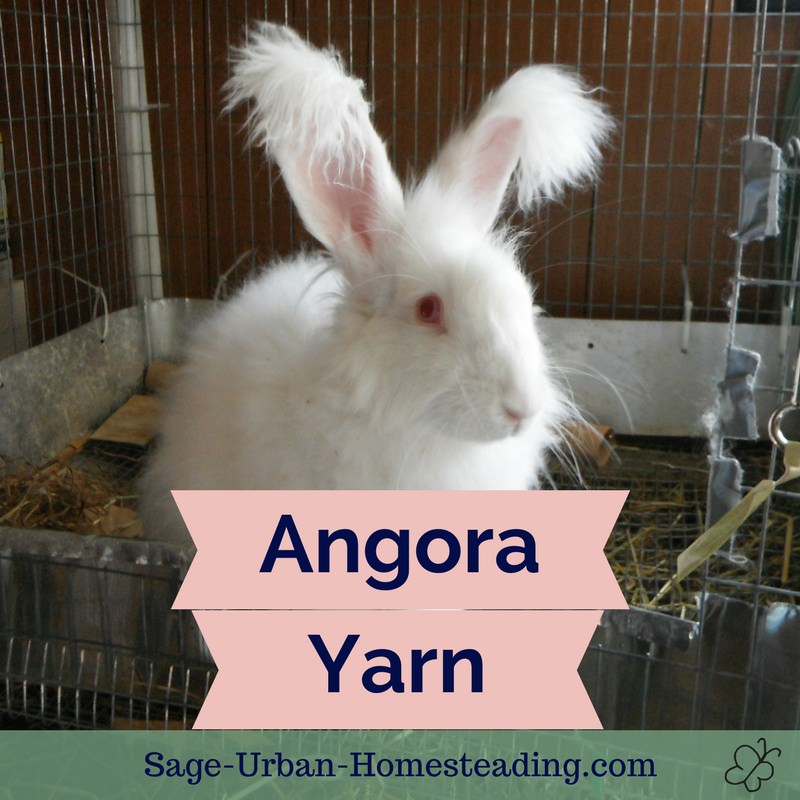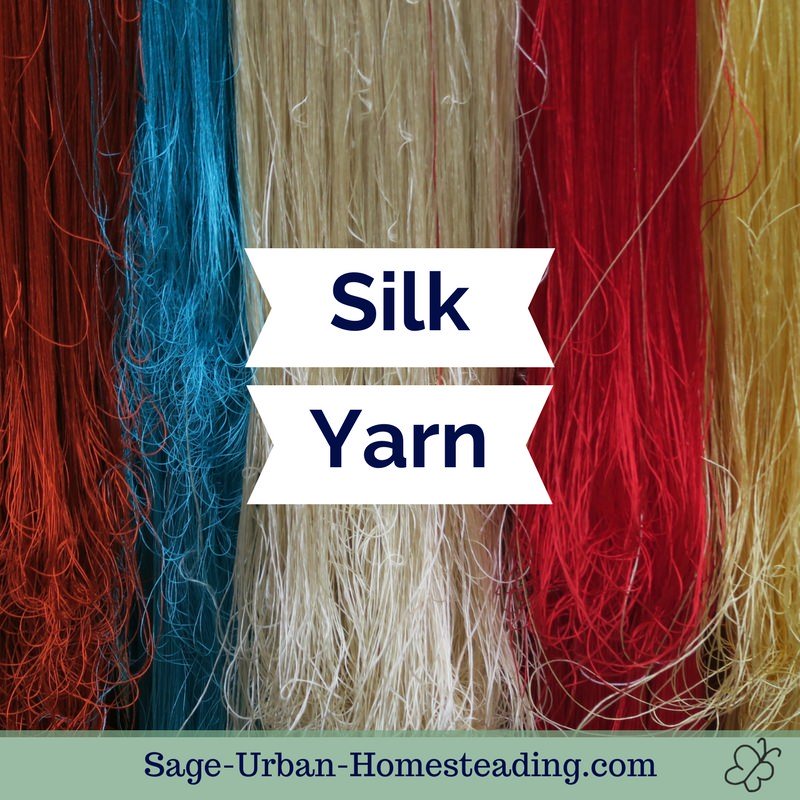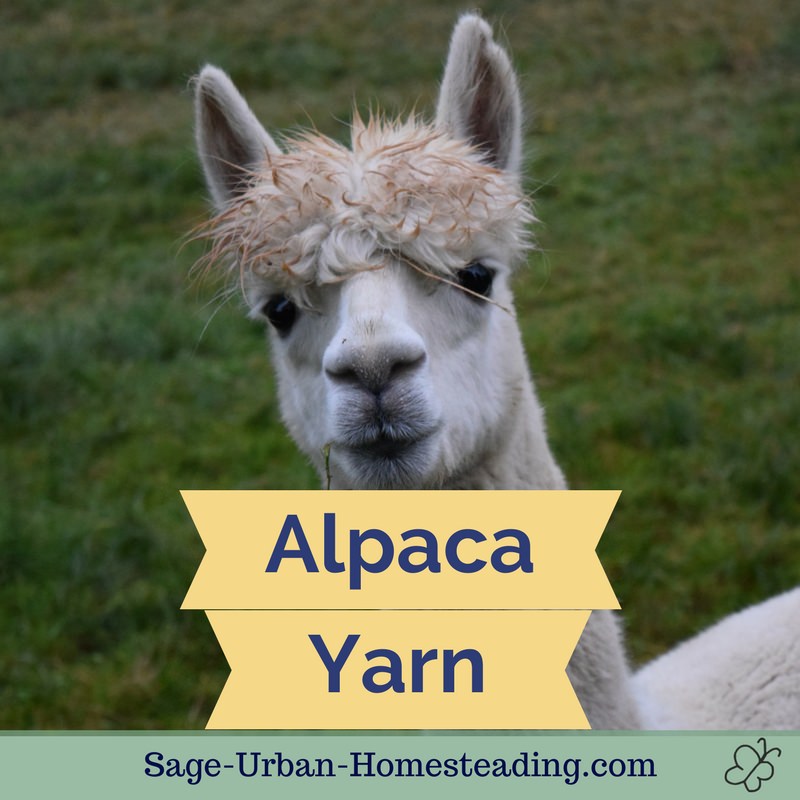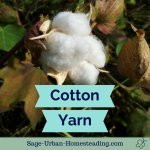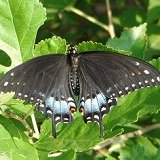FYI: I earn a small commission from some links and advertisements.
Cashmere Yarn
I was delighted to discover that some cashmere yarn from a local producer here in Maryland was included when I won a prize at the fair for my first wool blanket. Cashmere is a luxury fiber that comes from cashmere goats.
If you want to buy cashmere yarn, some good choices are Capra (DK size) and Capretta (fingering weight) available from Knit Picks. These are actually a merino and cashmere blend to be more affordable, but very soft and warm.
Cashmere Yarn Care
The first time you wash cashmere, it will have some puffing or blooming. That means that the yarn will expand a little.
That can be a good quality if you remember to knit or crochet the stitches a little looser than you want them to appear in the finished project.
Dry cleaning is bad for fibers and can damage them over time. You can hand wash in cold water with a mild soap. Do not agitate it or squeeze it. Lay it flat to dry.
Store cashmere flat on a shelf. You can wrap it in tissue paper. Protect it from moths and carpet beetles by using lavender.
Cashmere Fiber
I love cashmere yarn and fiber. It's so luxuriously soft and warm! That's why you usually see it used in cashmere sweaters.
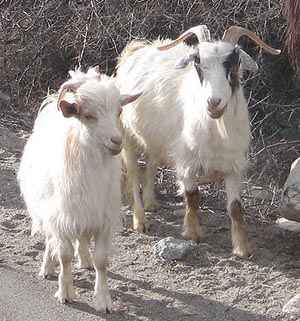 Photo of Pashmina cashmere goats provided by Redtigerxyz via Wikimedia Commons
Photo of Pashmina cashmere goats provided by Redtigerxyz via Wikimedia CommonsProperties of Cashmere Fiber
This fine fiber is very soft. It's made of keratin proteins like wool, so it has some felting properties and elasticity or memory, but not as much as sheep wool does.
It's also a good insulator, so it will keep you nice and warm. It's about eight times warmer than wool because the goats are bred to withstand harsh winters of temperatures well below freezing.
Cashmere is also about 33 percent lighter than wool, just as alpaca fiber is lighter and warmer.
The History of Cashmere Goats
Cashmere goats derive their name from the providence of Kashmir, India. The fiber is also known as pashmina, the Persian and Hindi word for wool. The goats are adapted to living in the high mountain plateaus of Asia, so the fiber keeps them warm.
The earliest mentions of cashmere fiber use appear in Indian texts between the 3rd century BC and 11th century AD. It became popular in trades with Europe in the 18th and 19th centuries.
Today the largest commercial producer is China, but there are small local farmers in many countries, too, so check your area. I know there is a small farmer here in Maryland. Supposedly, the highest quality fiber can only be produced in the cold plateaus of Asia, but my local fiber suits me just fine.
Cashmere Fiber Production
Cashmere goats grow two coats or two types of fiber in their fleece. The longer and courser guard hairs are combed out so that the fine undercoat fibers remain. This fine undercoat is the luxury fiber we call cashmere. It is a short staple with a lot of crimp.
The goats naturally shed their winter coat over a period of a couple of weeks in the spring. A good shepherd will spot the appropriate time and start combing the goat to remove the fibers by hand, but they can also be sheared and combed for guard hair separation.
Each goat produces about 1 pound of fiber, but only 6 to 8 ounces is the fine undercoat considered a luxury fiber. The natural colors are grey, brown, and white, but it can be dyed just like wool.
